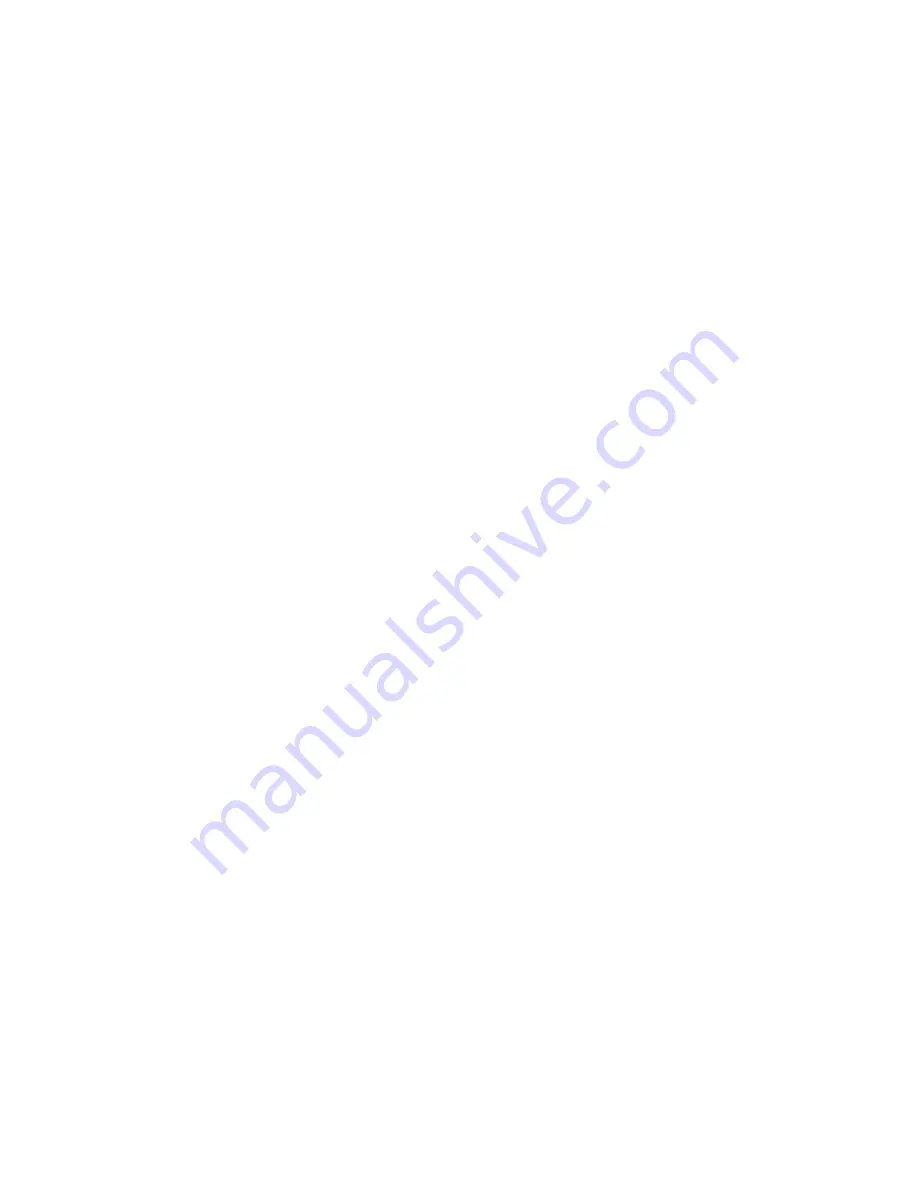
Identifying the Hardware Features
Top View
Front View
1
The top cover holds the
computer display also.
2
The indicator lamps consist
of the power-on, suspend,
and battery-status lamps.
(See page 20.)
1
The color LCD screen, which
uses thin-film transistor (TFT)
technology, displays the
computer output and can be
moved to any desired viewing
angle. SVGA (800-by-600
resolution) video mode is
supported with 65 536 colors
on the LCD. (See page 30.)
A maximum of 1024-by-768
resolution video can be
produced with 256 colors on
any attached external display
that supports this resolution
mode. (See page 170.)
2
The built-in microphone
captures sound and voice
when it is used with an
application program capable of
handling an audio or telephony
function. (See page 71.)
3
The brightness control moves
up or down to adjust the
brightness of the display.
4
The keyboard raisers are
used to lay the keyboard flat
before opening the keyboard.
(See page 13.)
5
The keyboard is used to enter
data into the computer. To use
the numeric keypad on the
keyboard, see page 29.
6
The external-input-device
connector is used to attach a
mouse, external keyboard, or
external numeric keypad to the
computer.
(See pages 167–169.)
7
The PCMCIA slots accept one
or two PC Cards.
(See page 138.)
8
The PC Card eject buttons
eject the PC Card from the
PCMCIA slot.
(See page 141.)
9
The security keyhole is used
with a Kensington lock or a
compatible lock to protect your
computer. (See page 131.)
1
The release latches release
the LCD or keyboard. Sliding
them toward the front opens
the LCD, and sliding them
towards the back opens the
keyboard.
11
The front infrared port allows
the computer to communicate
with other devices that have
infrared data-transfer capability.
(See page 68.)
12
The built-in speakers
reproduce computer sounds
such as beeps, music, or
voices.
13
The palm rest is where you
rest the palms of your hands
when using the keyboard.
14
The TrackPoint III is a built-in
pointing device that provides a
function similar to that of a
mouse. It consists of a
pointing stick and two click
buttons. (See page 26.)
15
The diskette-eject button
ejects a diskette from the
diskette drive.
16
The removable diskette drive
installed in the UltraBay reads
data from or writes data to a
diskette. One 3.5-inch,
1.44MB or 2.88MB diskette
drive can be installed.
17
The Fn key is used with the
function keys to activate the Fn
key functions. (See page 51.)
18
The LCD indicator panel
shows the current status of the
computer and battery power
with symbols and numeric
information. (See page 21.)
19
The volume control adjusts
the sound level for the built-in
speakers.
Chapter 2. Getting Familiar with Your Computer
17
Summary of Contents for ThinkPad 760C
Page 2: ...i...
Page 11: ...x IBM ThinkPad 760C User s Guide...
Page 17: ...Index 301 xvi IBM ThinkPad 760C User s Guide...
Page 27: ...Getting Started 5 4 1 1 2 2 10 IBM ThinkPad 760C User s Guide...
Page 29: ...Getting Started 6 7 8 2 2 3 3 1 1 12 IBM ThinkPad 760C User s Guide...
Page 53: ...Carrying the Computer Mwave Telephone Answering Machine 82 36 IBM ThinkPad 760C User s Guide...
Page 153: ...Using Locks 136 IBM ThinkPad 760C User s Guide...
Page 193: ...Attaching an IBM Dock I or Dock II Expansion Unit 176 IBM ThinkPad 760C User s Guide...
Page 259: ...Getting Service 242 IBM ThinkPad 760C User s Guide...
Page 265: ...Avoiding Hardware Conflicts 248 IBM ThinkPad 760C User s Guide...
Page 283: ...Advanced Information for PC Cards 266 IBM ThinkPad 760C User s Guide...
Page 289: ...Information for Mwave DSP Features 272 IBM ThinkPad 760C User s Guide...
















































